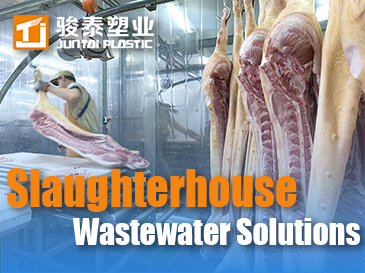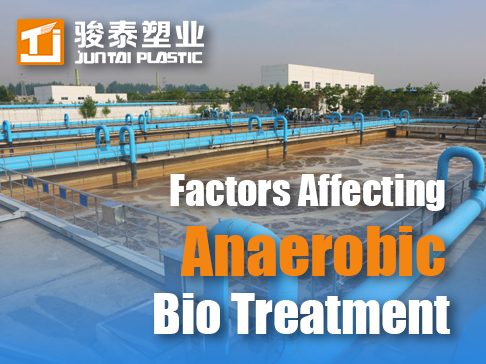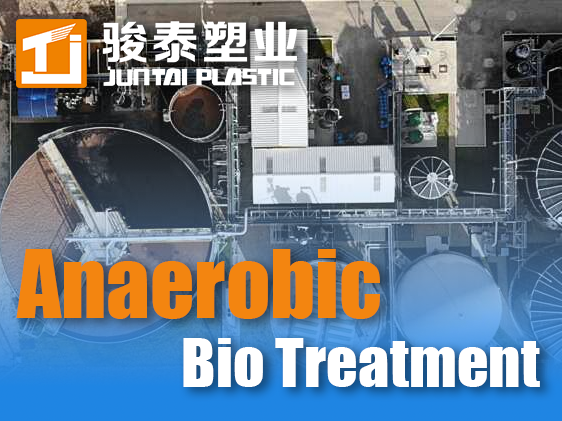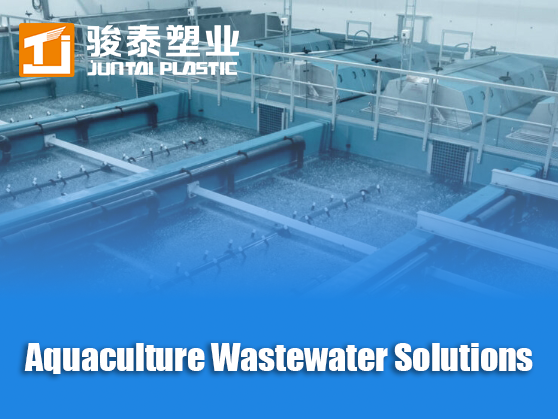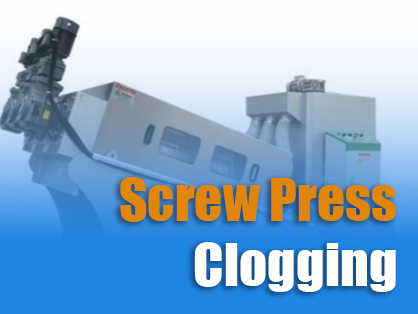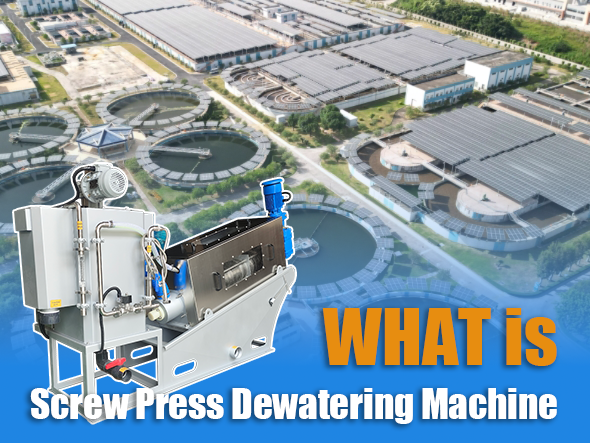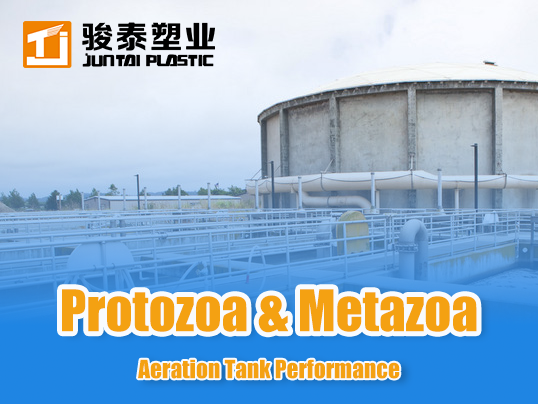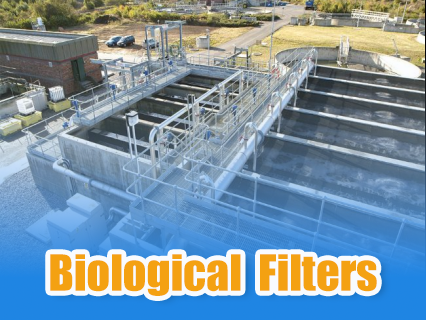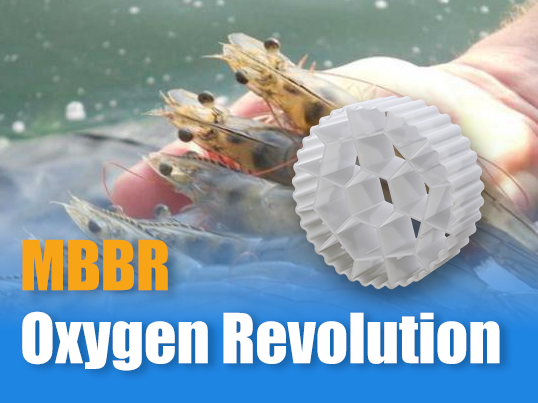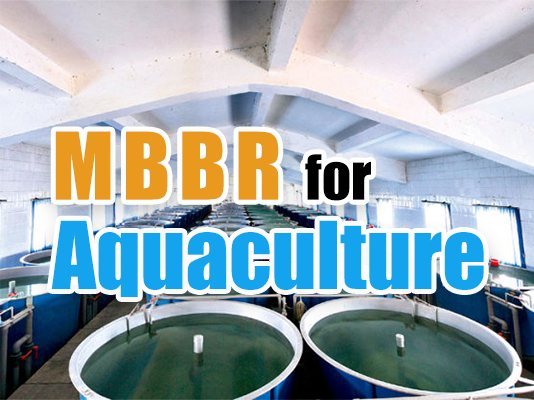 +86 13600513715
+86 13600513715 Slaughterhouse Wastewater Solutions: Achieve 99% FOG Removal & Zero Violations
The Unique Contaminant Profile of Slaughterhouse Effluent
Slaughterhouse wastewater presents extreme challenges distinct from municipal sewage:
-
High fat/oil content (2,000-10,000 mg/L FOG) causing pipe blockages and biological inhibition
-
Blood residues increasing BOD up to 8,000 mg/L and attracting pathogens
-
Protein-rich organics decomposing into toxic ammonia (NH₃ >200 mg/L)
-
Pathogen loads (E. coli, Salmonella) 100x higher than domestic wastewater
Without specialized treatment, these contaminants trigger ecosystem damage and regulatory penalties. Our data shows 78% of slaughterhouses face non-compliance fines exceeding $120,000/year due to inadequate treatment.
Breakthrough Treatment Process for Complex Slaughterhouse Waste
1. Pre-Treatment: Fat & Solids Elimination
Table: Performance comparison of primary treatment technologies
| Technology | FOG Removal | TSS Reduction | Footprint | Operational Cost |
|---|---|---|---|---|
| Traditional DAF | 65-75% | 70% | 100% | $0.35/m³ |
| Screw Press + Heated Dissolved Air Flotation (H-DAF) | 92-98% | 95% | 60% | $0.18/m³ |
| Juntai Bio-Coagulation | 99%+ | 98% | 40% | $0.12/m³ |
Juntai Solution:
-
Thermally-enhanced DAF: Operates at 45°C to liquefy solidified fats
-
Enzymatic breakers: Lipase/protease blends emulsify blood-fat complexes
-
Self-cleaning Drum Filters: Capture hair/feathers with 500μm screens
2. Biological Treatment: Handling Nitrogen & Organics
Slaughterhouse effluents require staged biological processes:
-
Anaerobic Mbbr: Removes 85% COD while generating biogas (0.45m³/kg CODremoved)
-
Hybrid MBBR-AS system: Combines biofilm resilience with activated sludge flexibility
-
Psychrophilic adaptation: Maintains 80% nitrification at 8°C for unheated facilities
Key innovation: Bio-block media with Thiothrix enrichment prevents filamentous bulking from sulfur compounds.
3. Tertiary Polishing: Pathogen & Nutrient Control
-
Tube settler clarifiers: Achieve 10 NTU effluent with hydraulic loading 12 m³/m²·h
-
Electrochemical disinfection: 5-log pathogen kill without chlorine byproducts
-
Struvite recovery: Captures 85% phosphorus as fertilizer-grade crystals

Proven Process Flow for Compliance & Reuse

Output Quality:
-
BOD: <20 mg/L (99.2% removal)
-
NH₃-N: <5 mg/L
-
Fecal coliform: <100 CFU/100mL
-
Water recovery: 70% reusable for washing
Economic & Environmental ROI Analysis
| Metric | Conventional System | Juntai Integrated System | Improvement |
|---|---|---|---|
| Capital Cost | $2.1M | $1.8M | 14% ↓ |
| Operating Cost | $0.62/m³ | $0.29/m³ | 53% ↓ |
| Energy Consumption | 1.8 kWh/m³ | -0.3 kWh/m³* | Net producer |
| Sludge Production | 35 kg/T live weight | 8 kg/T live weight | 77% ↓ |
| Compliance Penalties | $14,000/month | $0 |
*Biogas cogeneration offsets 210% of plant energy demand
Case Study: Australian Beef Processing Plant Retrofit
300-cattle/day facility facing:
-
A$96,000/year EPA fines for BOD violations
-
Weekly pipe blockages from fat accumulation
-
Odor complaints forcing operational reductions
Juntai Implementation:
-
Installed thermal-DAF + 400m³ anaerobic MBBR
-
Upgraded to tube settler clarifiers with coagulant assist
-
Added bio-block media enriched with lipolytic bacteria
Results:
-
Zero compliance violations for 18 months
-
Fat recovery: 12T/month → biodiesel feedstock
-
A$318,000 annual savings from penalty avoidance + energy recovery
-
ROI: 2.1 years
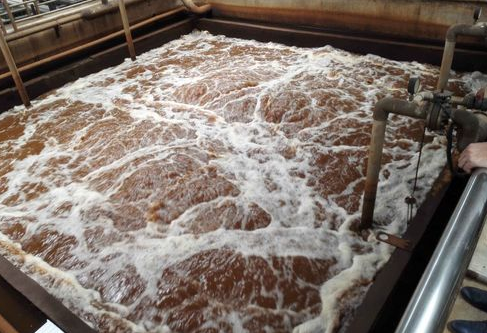
Future-Proofing Slaughterhouse Treatment
1. Decentralized Resource Recovery
-
Blood plasma extraction: High-value proteins for pharmaceuticals
-
Onsite hydrogen production: Electrolysis of process water
-
3D-printed filter modules: Custom geometries for variable loads
2. AI-Driven Process Optimization
-
Real-time contaminant tracking: NIR sensors detect blood/fat concentrations
-
Predictive maintenance: Vibration analysis forecasts pump failures
-
Digital twin modeling: Simulates stormwater dilution impacts
3. Zero Liquid Discharge Evolution
-
Forward osmosis membranes: Concentrate waste to 30% solids
-
Crystallizer integration: Produce fertilizer pellets from brine
-
Atmospheric water generation: Capture humidity for makeup water




